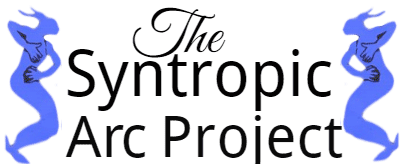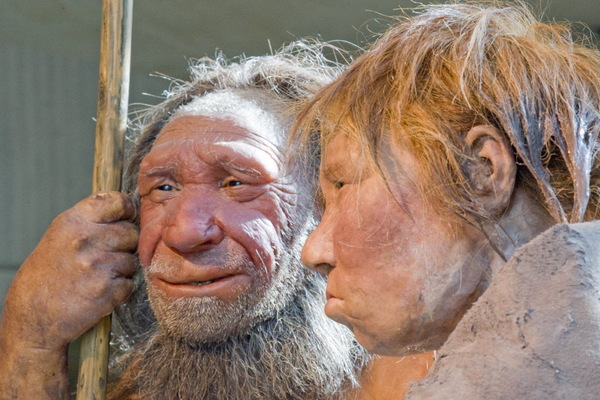“All the other Eurasians we had were very homogenous in their split times from Africans,” Pagani told BBC News. “This suggests most Eurasians diverged from Africans in a single event … about 75,000 years ago, while the [Papua New Guinea] split was more ancient – about 90,000 years ago. So we thought there must be something going on.
After analyzing the DNA of 800 people from more than 270 populations, including a large number of aboriginal people in Australia and Papua New Guinea, the researchers found genetic evidence for a migration of humans out of Africa about 100,000 years ago – long before the migration that most modern Europeans, Asians, and Australians are descended from, which came about 60,000 years ago. Three human genome studies published Wednesday in Nature provide new clues as to when Homo sapiens, our earliest anatomically modern human ancestors, first left Africa.
The three studies differ in most details, but “all three papers all reach the same conclusions: that in Eurasians and also [Papua New Guineans], the majority of their genomes come from the same major migration,” said Luca Pagani, a biologist at the University of Cambridge and first author on one of the studies, reported BBC News.

Another study, led by Anna-Sapfo Malaspinas from the Centre for GeoGenetics, partially contradicts Pagani’s findings. Dr. Malaspinas and her colleagues looked at 83 Aboriginal Australian and 25 Papuan genomes and found evidence for a single migration between 51,000 and 72,000 years ago.
“Indigenous Australians, New Guineans, and Andamanese do not derive substantial ancestry from an early dispersal of modern humans; instead, their modern human ancestry is consistent with coming from the same source as that of other non-Africans,” the authors wrote.
After leaving Africa in a mass migration, they argue, anatomically modern humans reproduced with Neanderthals already living in Europe and Asia until 58,000 years ago, when ancestors of the aboriginal group made their way to Australia via a land bridge that then connected the Papua New Guinea with Australia.
Perhaps a better understanding of where we came from and how we got here will increase the chances for survival of our world. In the meantime, it is enough to celebrate yet another contribution to our knowledge about ourselves and the extraordinary process by which we came to be.
VIA
http://www.csmonitor.com/Science/2016/0922/Out-of-Africa-just-once-DNA-offers-fresh-look-at-humanity-s-family-roots

